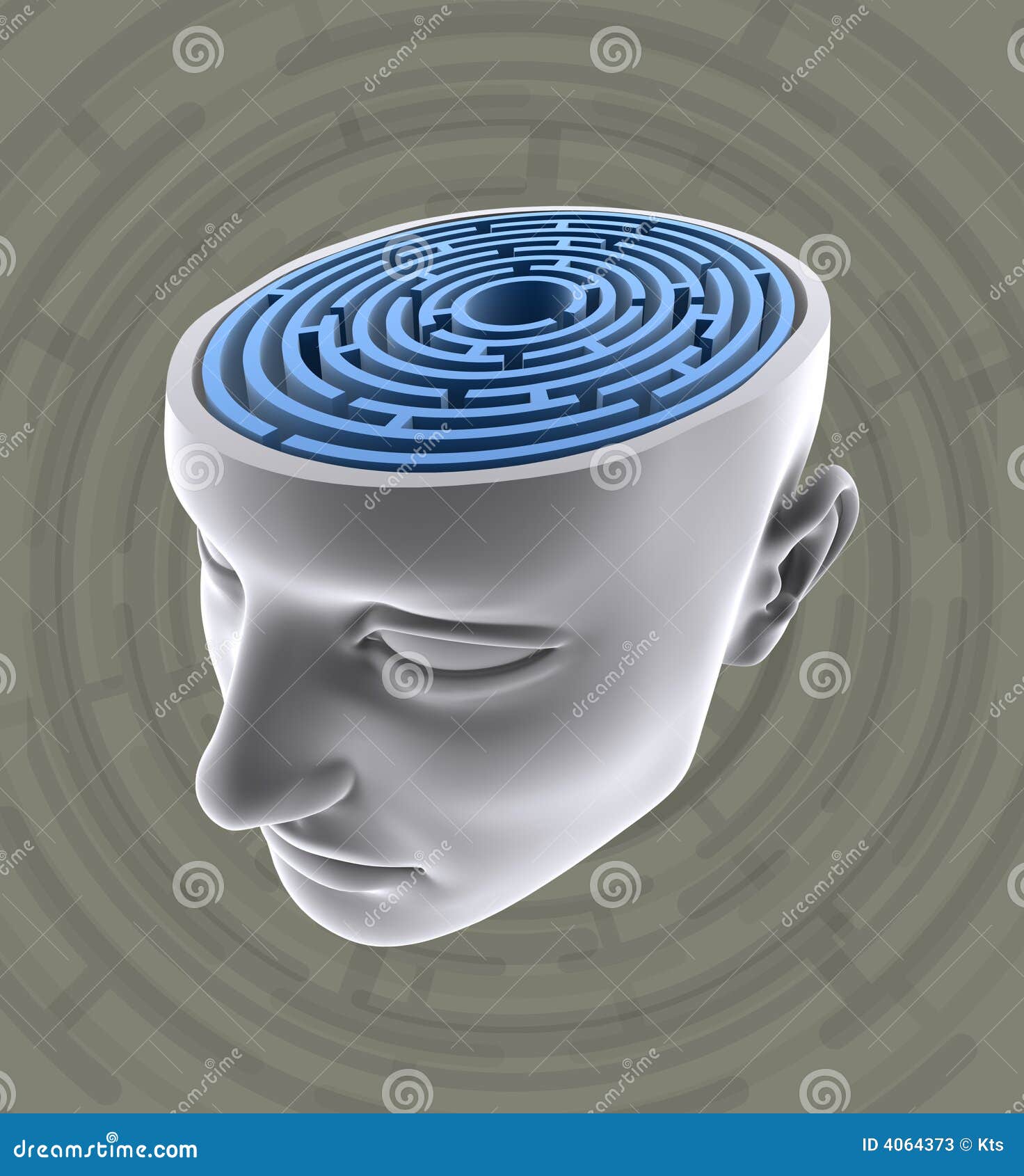
A recent study they ran indicated that infants’ pupil diameters (a measure of attention) decrease both when they help and when they see someone else helping, suggesting that they are not simply helping because helping feels rewarding. They apparently do so from intrinsic motivation without expectation of reward. Michael Tomasello and other scientists at the Max Planck Institute, in Germany, have found that infants and chimpanzees spontaneously engage in helpful behavior and will even overcome obstacles to do so.


Studies with chimpanzees and human infants too young to have learned the rules of politeness, also back up these claims. Research by APS Fellow Jean Decety, at the University of Chicago, showed that even rats are driven to empathize with another suffering rat and to go out of their way to help it out of its quandary. Though economists have long argued the contrary, a growing body of evidence suggests that, at our core, both animals and human beings have what APS Fellow Dacher Keltner at the University of California, Berkeley, coins a “compassionate instinct.” In other words, compassion is a natural and automatic response that has ensured our survival. However, compassion is defined as the emotional response when perceiving suffering and involves an authentic desire to help. Compassion often does, of course, involve an empathic response and an altruistic behavior. Although these terms are related to compassion, they are not identical. It may or may not be accompanied by empathy or compassion, for example in the case of making a donation for tax purposes. Altruism is an action that benefits someone else. It is, in a sense, an automatic mirroring of another’s emotion, like tearing up at a friend’s sadness. Empathy, as defined by researchers, is the visceral or emotional experience of another person’s feelings. What is compassion and how is it different from empathy or altruism? The definition of compassion is often confused with that of empathy. What led 26.5 percent of Americans to volunteer in 2012 (according to statistics from the US Department of Labor)? What propels someone to serve food at a homeless shelter, pull over on the highway in the rain to help someone with a broken down vehicle, or feed a stray cat? What is Compassion?

Human suffering is often accompanied by beautiful acts of compassion by others wishing to help relieve it. That suffering, as unpleasant as it is, often also has a bright side to which research has paid less attention: compassion. Decades of clinical research has focused and shed light on the psychology of human suffering.


 0 kommentar(er)
0 kommentar(er)
